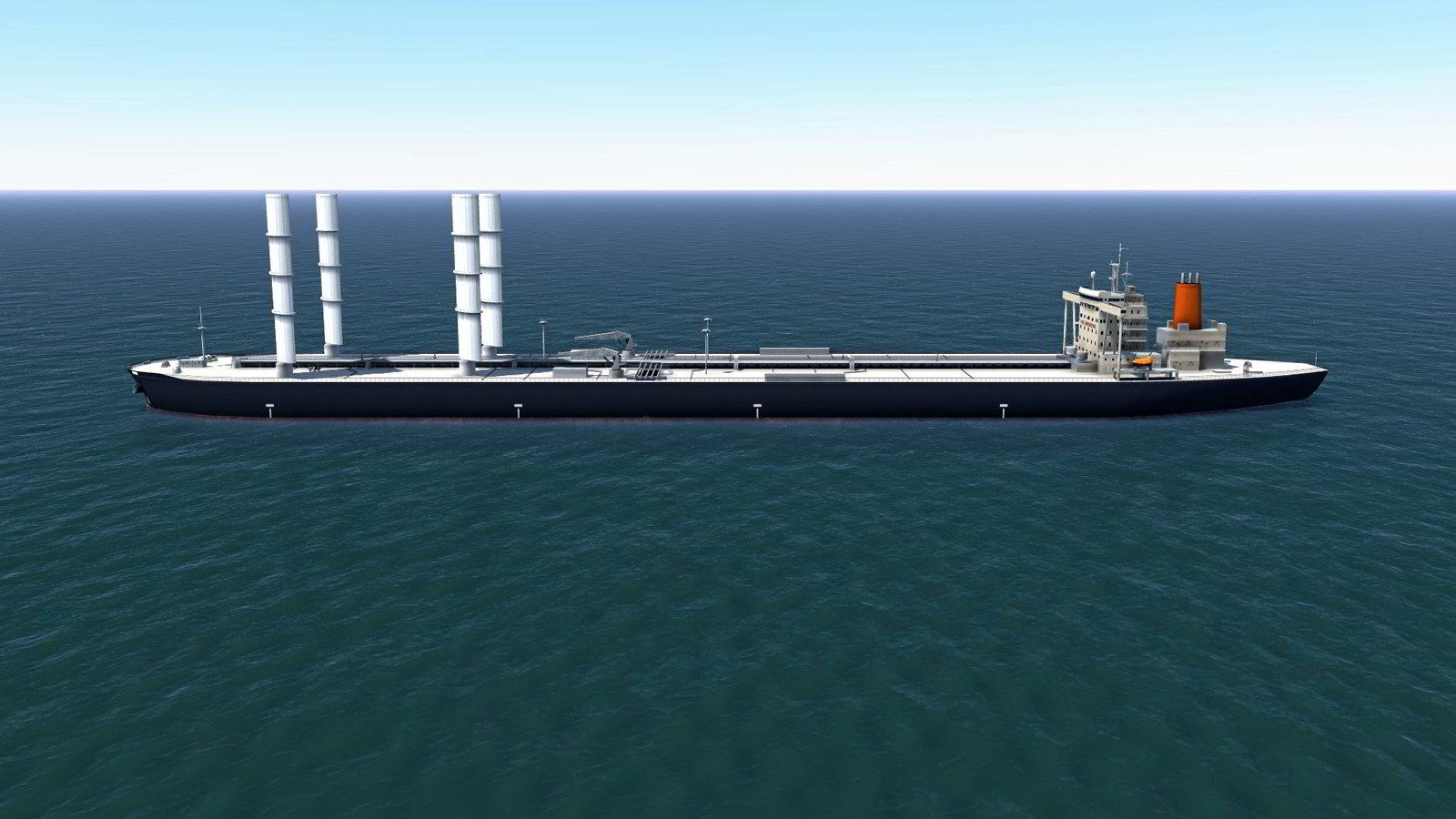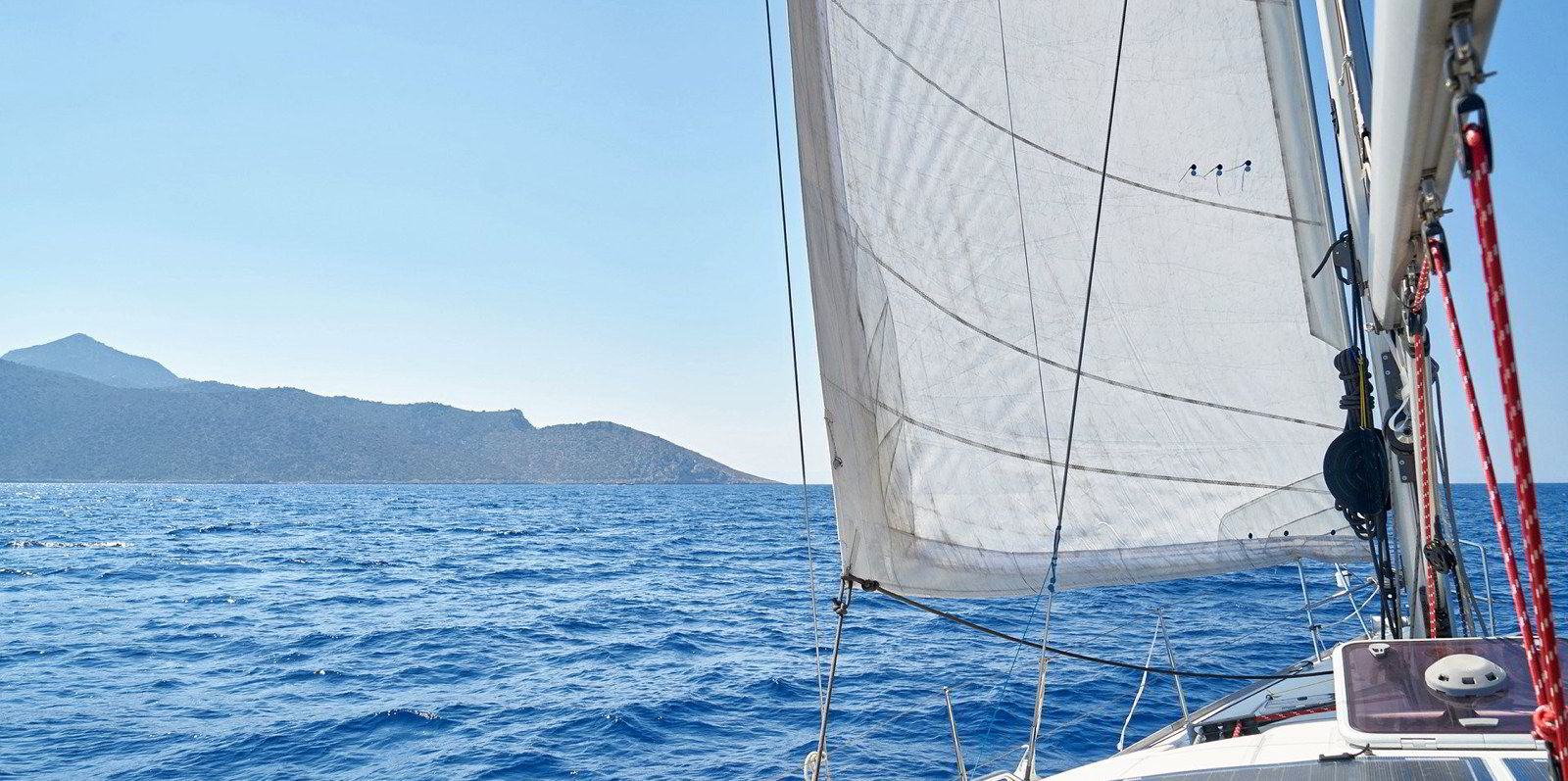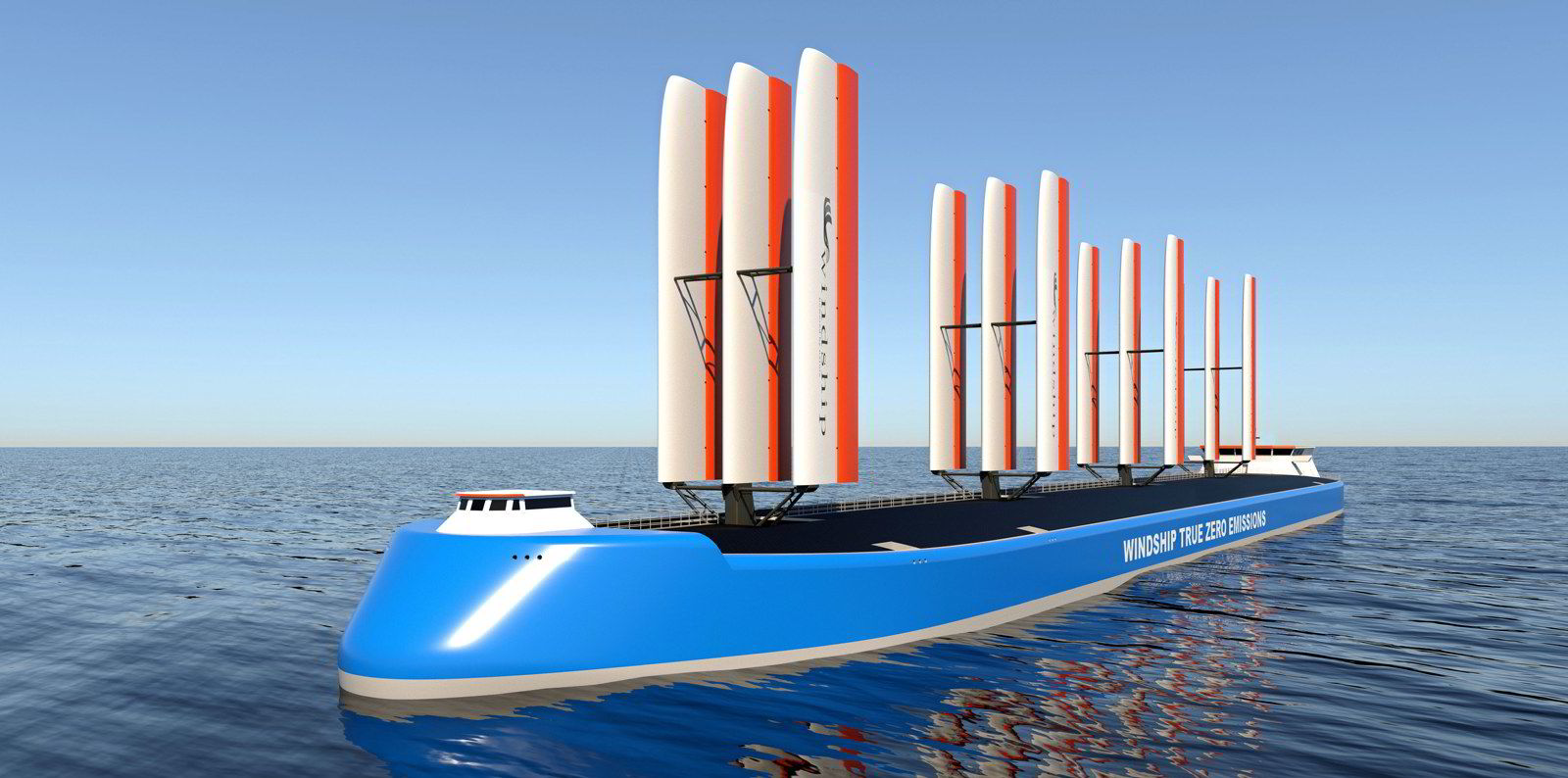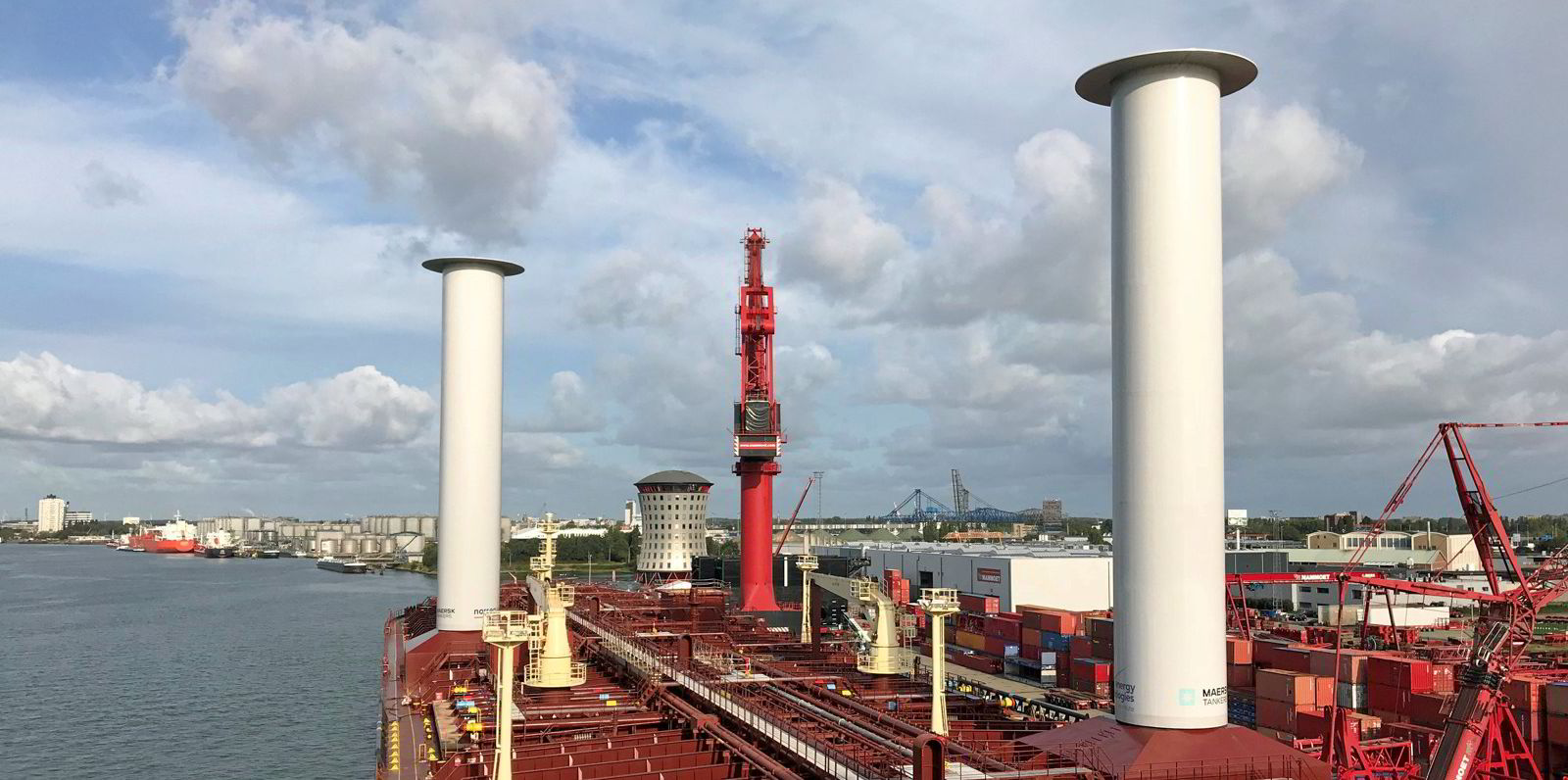Japan’s Mitsui OSK Lines is lining up hard sail designs for bulkers, VLCCs and LNG carriers as it advances towards its first newbuilding under its Wind Challenger project.
The team behind the pilot wind-powered ship project say they have been spurred on by interest from customers and charterers after green-lighting a first 100,000-dwt bulker, which will use MOL's Wind Challenger propulsion system. This deal was sealed in a coal transport contract with Tohoku Electric Power in December.
MOL is now looking at designs for a capesize bulker, an LNG carrier equipped with two sails and a four-sail VLCC, which could potentially be fitted with more units.
Making a mock-up
MOL’s expansion of its wind-power ambitions stemmed from the work on its first project.
Nobuyuki Onishi, general manager for the innovation team in MOL’s technical division, said that for this first bulker newbuilding the company opted to build a full-scale mock-up of the largest 11-metre-long top section of the telescopic hard sail.
Onishi said this was to confirm how the composite materials for the sail handle and the assembly procedure.
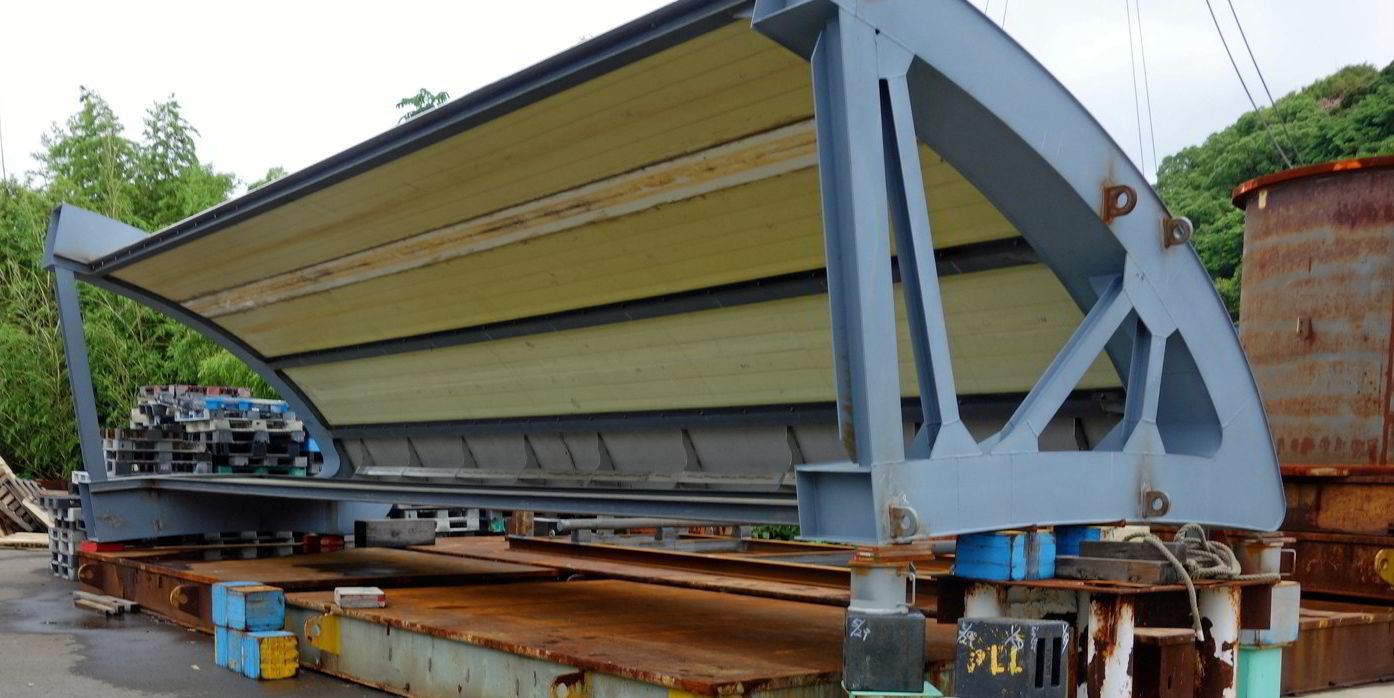
When fully assembled the single bow-mounted hard sail can be extended to a height of about 50 metres from the upper deck — which MOL has said is “almost the same height" as the Arc de Triomphe in Paris.
The sail can be retracted but will not sit flush with the deck.
“This is a very good experience for us to handle the material and assemble [it],” Onishi said. “We have learned a lot from this mock-up and we will feed this back to the detailed design.”
Simulator sailing
Using MOL’s full-bridge technology, the team has also built a 3D simulation of the Wind Challenger vessel entering the loading and departure ports at Haramachi in Japan and Newcastle in Australia.
2009‐2017: Wind Challenger joint industry project,
2014: Scale model was constructed.
2017: MOL and Oshima Shipbuilding take over the project.
2018‐19: Preliminary design, HAZID.
2019: Approval in Principle issued by ClassNK for detailed design work.
2020: MOL signs coal transport deal with Tohoku Electric Power Co for Wind Challenger bulker.
MOL captains have already tried their hand at this and Japan’s Pilot Association has agreed the vessel can be safely handled without any special sailing techniques.
Onishi said when post-pandemic travel allows, MOL will invite the Newcastle pilots to visit its simulator for some “hands-on checking”.
Oshima Shipbuilding will start steel cutting on the Wind Challenger bulker in February, with the vessel due in service in October next year.

Prepared
Onishi said MOL also wanted to use the mock-up as a reference point for developing systems that can be applied to other types of vessels.
In preparation, he said MOL’s team had already confirmed the two-sail option will have no major impact on vessel visibility or hydrodynamics.
Onishi is optimistic that a VLCC could have more than four sails and still comply with visibility regulations in the International Convention for the Safety of Life at Sea. But he said that adding any more than eight sails would mean shifting to a bow-mounted accommodation design.
“We have already started preparation for the widespread application for our vessels,” Onishi said.
The general manager conceded this first wind-powered newbuilding will prove expensive as it includes research and development costs. But MOL's team is targeting orders for at least 20 sails to bring the price down.
Onishi said the development process has revealed where savings can be made.
“Our target is an eight or nine-year payback,” he said.
Conservative
Onishi explained that the wing-shaped hard sail offers greater thrust and efficiency than a rotor alternative. He said it is simple to operate with the adjustment of the angle and height of the sails being fully automated, so crew do not need specialist sailing knowledge.
On the pilot project using the sails, MOL has said it will reduce greenhouse-gas emissions by about 5% on the Japan-Australia route in comparison with a conventional vessel of the same class, or about 8% on the Japan-North America West Coast route.
Onishi said the company is being conservative. “We can get more,” he added.
The company envisages the hard sails as a feature for newbuildings rather for existing ships, although retrofitting is not impossible.
Onishi said MOL has received a great deal of enquiry about its Wind Challenger system.
He said the company would prefer to be careful and test out its pilot vessel first. However he added: “If our customer wants, then we can start the project. We are ready.”


